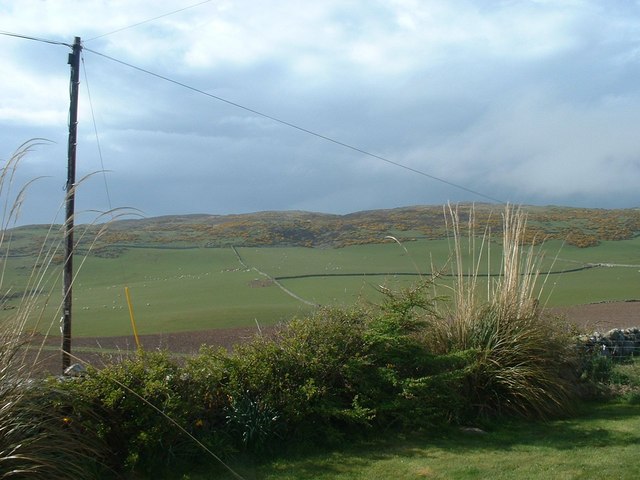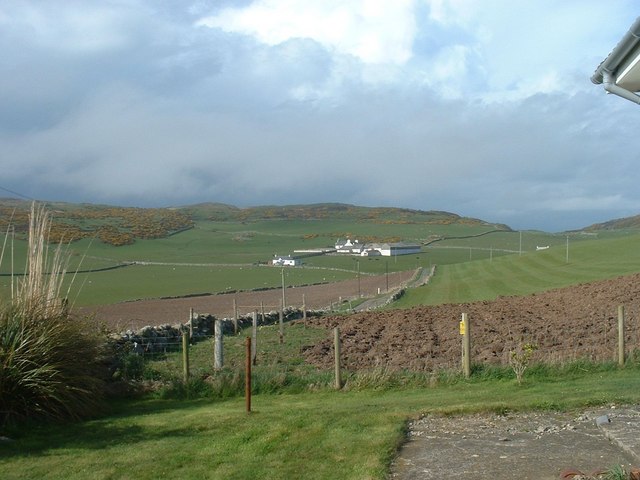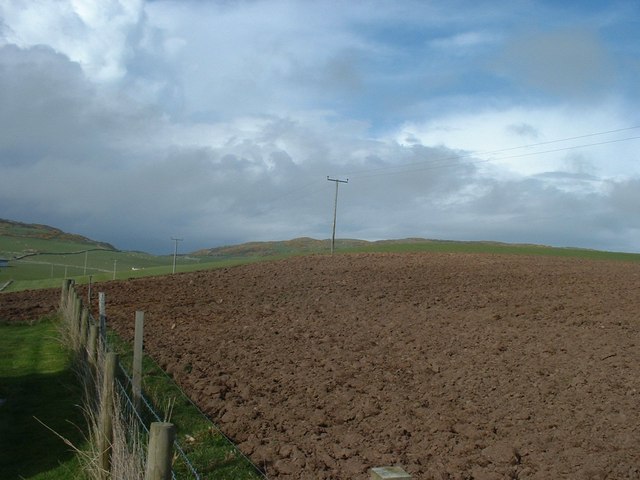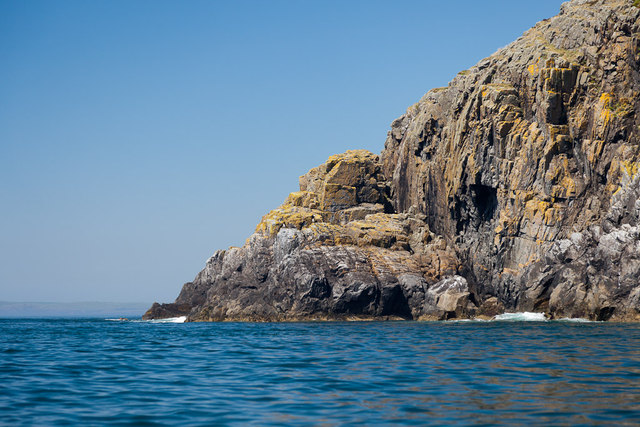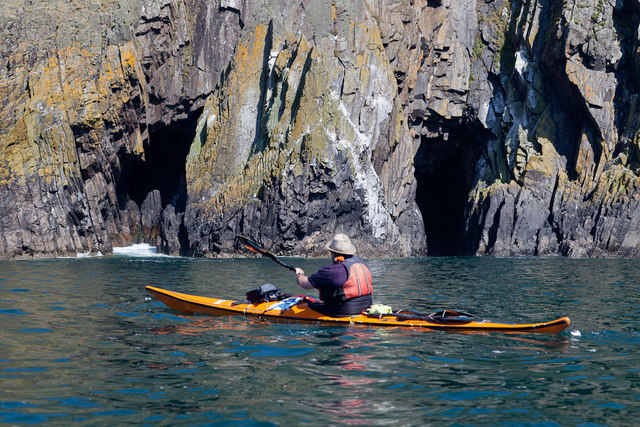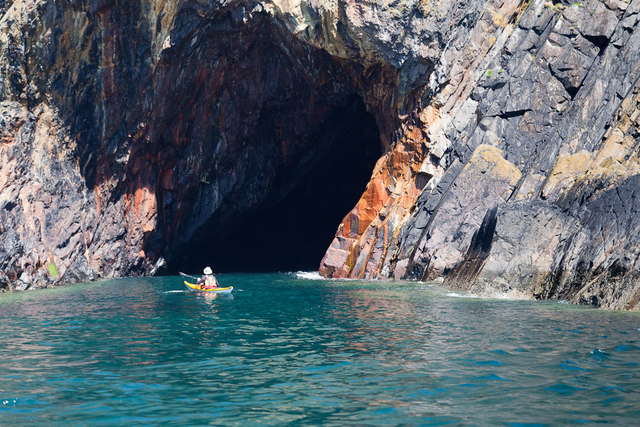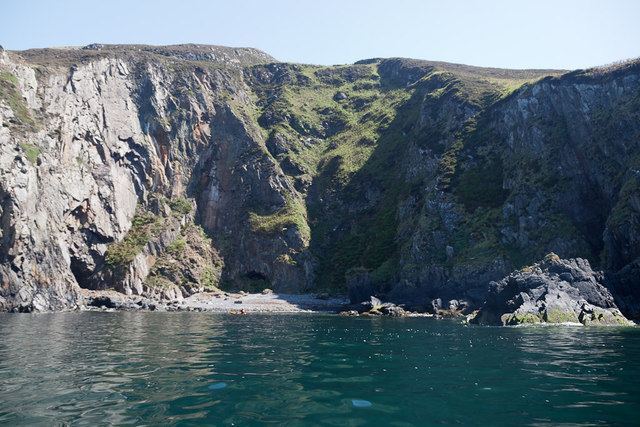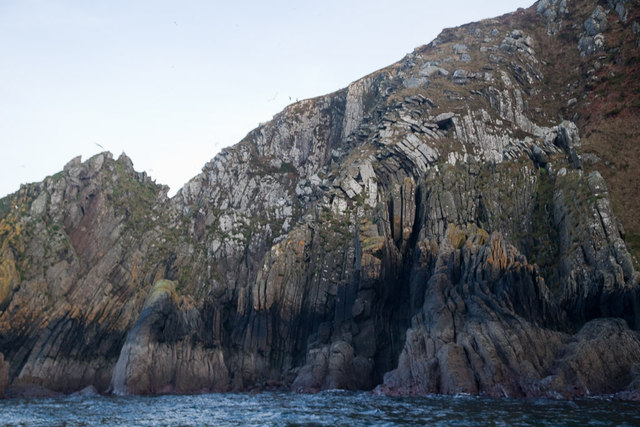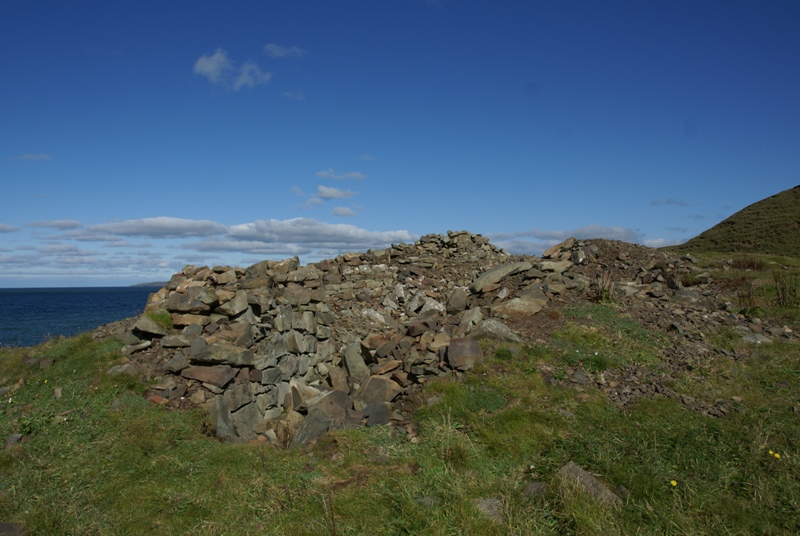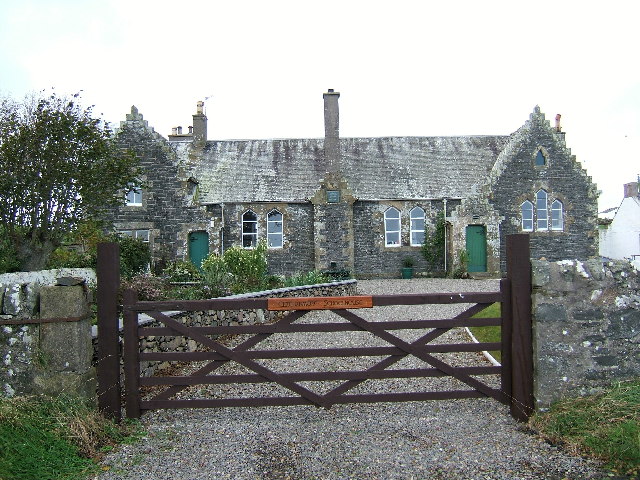Clanyard Moor
Downs, Moorland in Wigtownshire
Scotland
Clanyard Moor
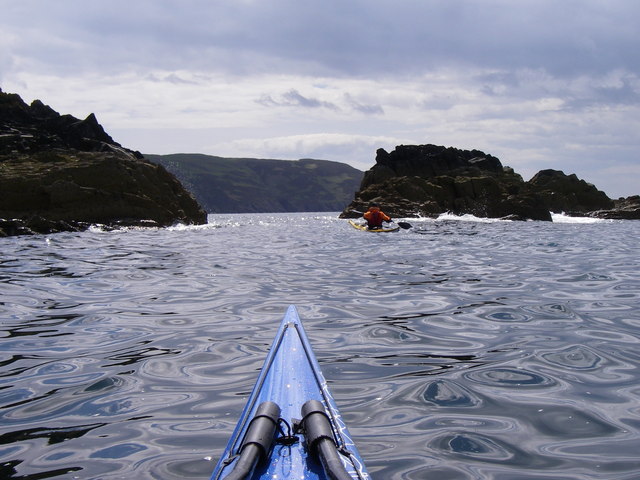
Clanyard Moor is a picturesque area located in Wigtownshire, Scotland. Situated in the southern part of the country, it is known for its stunning downs and moorland landscapes. The moor covers a vast expanse of approximately 10 square miles, providing a haven for nature enthusiasts and wildlife alike.
The moorland terrain of Clanyard Moor is characterized by undulating hills, heather-covered slopes, and scattered patches of woodland. The area is predominantly made up of rough grasses and heather, creating a rich tapestry of colors throughout the year. During the summer months, the moorland blooms with vibrant wildflowers, attracting a variety of insects and butterflies.
The downs of Clanyard Moor offer panoramic views of the surrounding countryside. From its elevated position, visitors are treated to vistas of rolling hills, distant mountains, and the sparkling waters of the nearby lochs. The moorland is crisscrossed by a network of footpaths and trails, allowing hikers and walkers to explore the area at their leisure.
Clanyard Moor is not only visually appealing but also serves as an important habitat for various bird species. The moorland provides nesting grounds for birds such as curlews, lapwings, and red grouse. Birdwatchers can spot these and other avian species throughout the year, making it a popular destination for ornithologists.
In summary, Clanyard Moor offers a stunning natural landscape with its downs and moorland. It provides a tranquil retreat for those seeking to immerse themselves in the beauty of nature and offers a diverse range of flora and fauna for visitors to enjoy.
If you have any feedback on the listing, please let us know in the comments section below.
Clanyard Moor Images
Images are sourced within 2km of 54.696085/-4.9547081 or Grid Reference NX0937. Thanks to Geograph Open Source API. All images are credited.
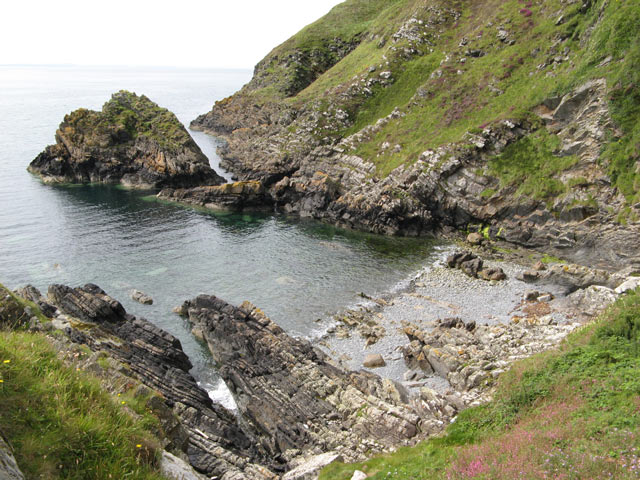
Clanyard Moor is located at Grid Ref: NX0937 (Lat: 54.696085, Lng: -4.9547081)
Unitary Authority: Dumfries and Galloway
Police Authority: Dumfries and Galloway
What 3 Words
///parading.scowls.doors. Near Drummore, Dumfries & Galloway
Nearby Locations
Related Wikis
Nearby Amenities
Located within 500m of 54.696085,-4.9547081Have you been to Clanyard Moor?
Leave your review of Clanyard Moor below (or comments, questions and feedback).
